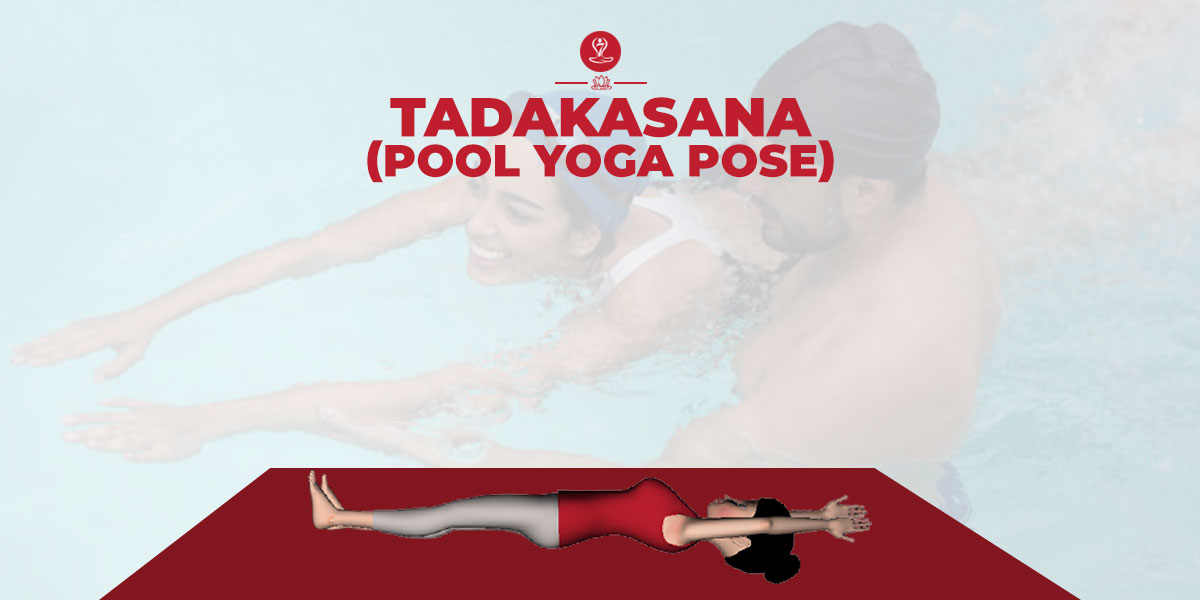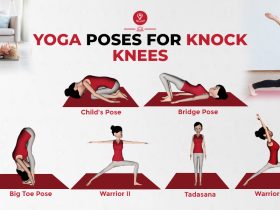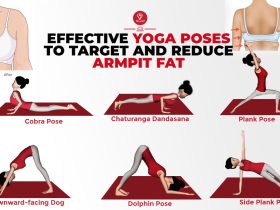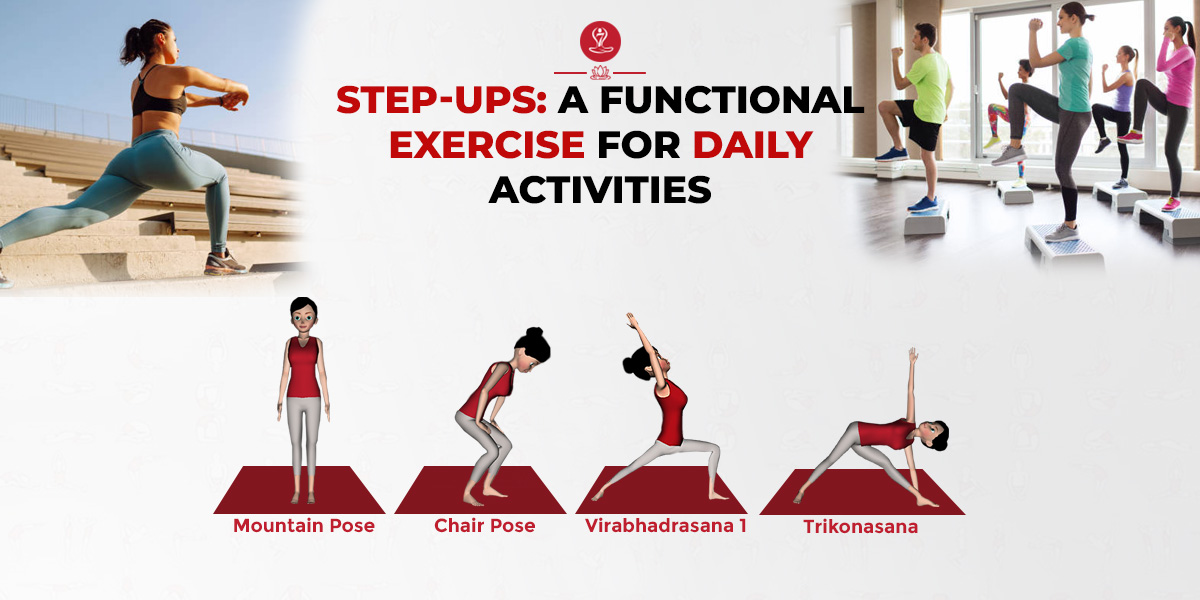
Tadakasana is a simple lying down posture that is a reclining yoga stretch for the whole body – from fingertips to toes. The pose requires the feet to be together and the arms to be raise and stretch while lying straight on the floor.
Tadakasana Basics
| Sanskrit Pronunciation | Tadakasana |
| Meaning | Tadaka” means tank or pool’ and ‘Asana’ is ‘Pose |
| Pose Type | Lying down |
| Pose Level | Beginners pose |
| Style of yoga | Vinyasa yoga |
| Other Names | Pit Pose or Reclined Arms Overhead Pose |
| Stretches | The muscles in the legs, back, shoulders and arms |
| Strengthening | The Legs |
| Duration | 30 second to 3 minutes |
Meaning
The word Tadakasana is derived from the combination of the Sanskrit word there “Tadaka” means tank or pool and the meaning of Asana is the seat, posture, or Pose. When we dipping in the swimming pool, we take a position before dive in so this pose looks like a diving position. Hence is also known as Pool Yoga Pose. It is a part of Vinyasa Yoga Sequencing.
Tadasana V/S Tadakasana
This is a unique and easy yoga asana for the back pain sequence. And also is similar to Tadasana. Only the difference is Tadasana is performed in a standing pose and Tadakasana is done in lying down.
Every yoga helps develop the body, mind and also bringing a lot of yoga benefits. In this way, Tadakasana has a range of mental and emotional benefits as well as physical strengthening effects. plus, reap the benefits and avoid some mistakes.
Practice Guide for Tadakasana (Pool Yoga Pose)
This guide provides practitioners with a systematic breakdown of the pose, offering clear instructions on body positioning, alignment, and breathing techniques.
Steps To Do Tadakasana: Pool Yoga Pose
- To do Tadakasana first, you need to stand on a yoga mat.
- Now lying down on the mat and take the Position of Corpse Pose (Savasana) with the hands-down and take 5 deep breathes.
- Your Arms, shoulder back, and hips relaxing evenly on the floor or mat.
- After that with a deep inhalation, lift up your arms and place them over your head. with a little out from the hips and having the palms facing up.
- At this stage keep your arms, hands, and legs extended.
- Now, lift up your chest make sure your shoulder and neck touched the floor.
- Now, push your hands for stretch.
- For better stretch push out through the feet as well as with palms.
- Maintain the final position with deep breathing.
- Come out from this pose down your arms and keep them to the sides, and get back to the sitting position.
Tips
- You can use a folded blanket or towel under your head to release the pressure.
- You also use a pillow under your back.
- As a beginner don’t go beyond your capabilities during Asana.
Benefits of Tadakasana
- This yogasana stretched the shoulder, neck, and abdominal muscles.
- Tadakasana increases strength, power, and mobility in the feet, legs, and hips.
- With regular practice of this asana, your knees, thighs, and arms become stronger.
- Tadakasana is the best yoga for back pain.
- This asana also improves the body posture as well as hips flexibility.
- Tadakasana brings calmness and relieving stress from your body.
- Also opens the heart chakras.
Precautions
- According to the experts, this asana is considered best when yogi practiced early in the morning. Morning is preferred as the food digested as well as the body has the energy to perform the asana. due to some reason, you cannot practice it in the morning, you can practice this asana in the evening as well. but at least keep a 3-5 hour gap between your practice and meal.
- You might end up hurting yourself if you don’t do it the right way. so please practices under the guidance of a certified yoga trainer.
- If you suffering from high and low blood pressure avoid this asana.
- In case of any recent knee, neck, and shoulder injury don’t practice this asana.
Conclusion
The word “Yoga” in itself is equivalent to complete science, which is known as the practice of mind and body. Different styles of yoga combine physical postures, breathing techniques, and meditation or relaxation. Tadakasana can adapt to any person, regardless of physical ability.
RELATED ARTICLES
May 20, 2025
Kegel Exercises: Strengthen Your Pelvic Floor for Better Health
Kegel exercises strengthen the pelvic floor muscles, which support the uterus, bladder, small intestine and rectum. Strengthening these muscles improves[...]
Oct 06, 2024
Balance Your Body: Yoga Poses For Knock Knees (Genu Valgum)
Knock knees, or “genu valgum,” is a condition in which the knees touch each other while the ankles remain apart.[...]
Sep 20, 2024
Effective Yoga Poses to Target and Reduce Armpit Fat
Fat accumulation under the arms is a common problem for many women, which is often considered an important part of[...]
RECENT POSTS
Disclaimer
The content is purely informative and educational in nature and should not be construed as medical advice. Please use the content only in consultation with an appropriate certified medical or healthcare professional






